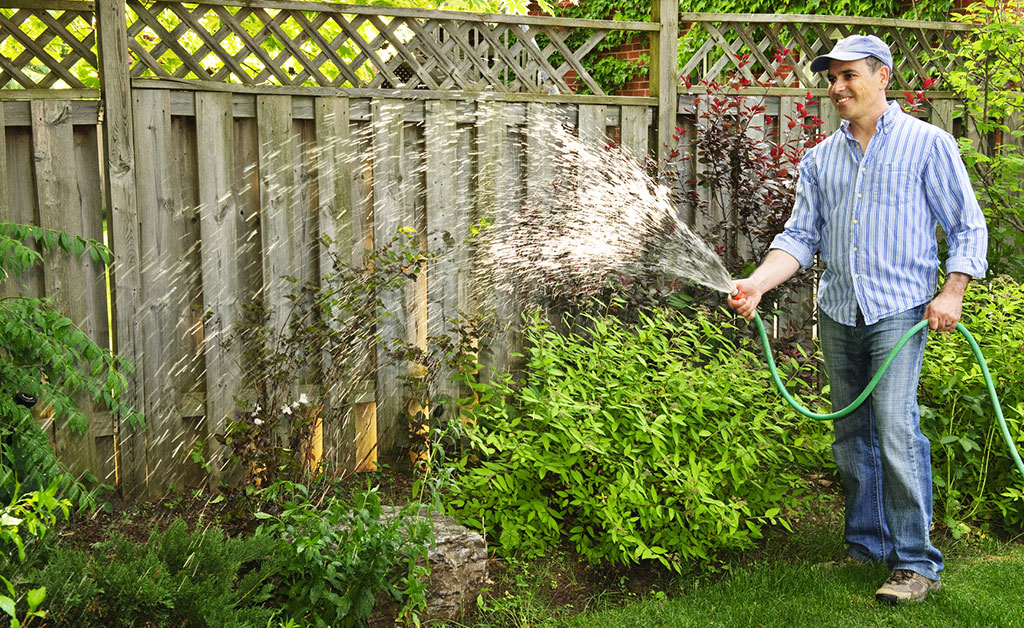When Should I Water My Plants?
How do I know when it’s time to water my new plants?
A better question is “How do I know when the soil that my plants are growing in needs to be replenished with water”?
There are 2 important terms to understand in order to answer this question:
- Evaporation: Water loss* from the soil and surface
- Transpiration: Water loss* that passes through the plant tissues.
*we are referring to water loss that occurs from the conversion from liquid to vapor.
Together, they create a phenomena known as “Evapotranspiration” or “ET” for short. The optimum time to water the plants ( add water to the soil) is BEFORE the “ET” is high. The second best time to water is when the ET is high.
3 top factors that affect the Transpiration Rate:
- Temperature: Higher temperatures from sunlight causes the plants cells ( stomata) to open more, which allows water vapor to be released from the plant at a faster rate. The inverse is also true: colder temps cause stomata to close, restricting water loss.
- Humidity: If the air is dry, water loss through the plant is faster. If the air is humid, water loss is restricted.
- Wind / air movement: Wind displaces the water vapor from around the plant as the dryer air moves in.
If the moisture in the soil is saturated, “Field Capacity”, then no additional watering is needed, regardless of how hot and dry it is. When the soil moisture level drops below the “wilting point”, the plants will react by closing their stomata. This helps them to conserve moisture and reduce transpiration.
The trick of knowing when to water your plants is to check the existing moisture level of the soil. Clay soils tend to hold more water than sandy soils. Somewhere between Field Capacity and Wilting Point is the time to water.
The trick to know how much water to apply again depends on the water holding capacity of the soil. In other words, when the soil cannot absorb anymore water (Field Capacity), then it’s time to stop watering.
If the weather forecast calls for a low ET, then the plants can tolerate a lower soil moisture level. Conversely, a forecast of a high ET, it would be wise to bring the soil to Field Capacity, and check it again frequently.
To summarize, it’s all about the soil. Plants use the most water when it is:
- Hot & Sunny
- Dry / Low Humidity
- Windy / Good Air Circulation
If one criteria is changed, then the plants will use less water. Make sure that the soils are saturated before and during these weather patterns.
If you have any questions about watering, or any other landscaping need, feel free to contact Shorb Landscaping any time!




